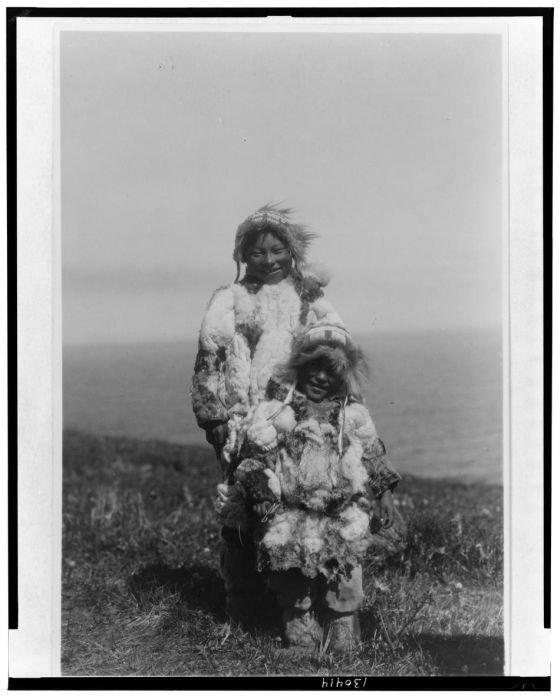|
|
History: The North American Indian By Edward S. Curtis
|
Curtis has been praised as a gifted photographer but also criticized by professional ethnologists for manipulating his images. Curtis' photographs have been charged with misrepresenting Native American people and cultures by portraying them in the popular notions and stereotypes of the times. Although the early twentieth century was a difficult time for most Native communities in America, not all natives were doomed to becoming a "vanishing race." At a time when natives' rights were being denied and their treaties were unrecognized by the federal government, many natives were successfully adapting to western society. By reinforcing the native identity as the noble savage and a tragic vanishing race, some believe Curtis detracted attention from the true plight of American natives at the time when he was witnessing their squalid conditions on reservations first-hand and their attempt to find their place in Western culture and adapt to their changing world.
In many of his images Curtis removed parasols, suspenders, wagons, and other traces of Western and material culture from his pictures. In his photogravure In a Piegan Lodge, published in The North American Indian, Curtis retouched the image to remove a clock between the two men seated on the ground.
He also is known to have paid natives to pose in staged scenes, wear historically inaccurate dress and costumes, dance and partake in simulated ceremonies. In Curtis' picture Oglala War-Party, the image shows 10 Oglala men wearing feather headdresses, on horseback riding down hill. The photo caption reads, "a group of Sioux warriors as they appeared in the days of inter tribal warfare, carefully making their way down a hillside in the vicinity of the enemy's camp." In truth headdresses would have only been worn during special occasions and, in some tribes, only by the chief of the tribe. The photograph was taken in 1907 when natives had been relegated onto reservations and warring between tribes had ended. Curtis paid natives to pose as warriors at a time when they lived with little dignity, rights, and freedoms. It is therefore suggested that he altered and manipulated his pictures to create an ethnographic simulation of Native tribes untouched by Western society.
One of the more balanced reviews of The North American Indian comes from Mick Gidley, Emeritus Professor of American Literature, at Leeds University, in England, who has written a number of works related to the life of Edward S. Curtis: "The North American Indian-extensively produced and issued in a severely limited edition-could not prove popular. But in recent years anthropologists and others, even when they have censured what they have assumed were Curtis' methodological assumptions or quarrelled with the text's conclusions, have begun to appreciate the value of the project's achievement: exhibitions have been mounted, anthologies of pictures have been published, and The North American Indian has increasingly been cited in the researches of others... The North American Indian is not monolithic or merely a monument. It is alive, it speaks, if with several voices, and among those perhaps mingled voices are those of otherwise silent or muted Indian individuals.”
|
|









